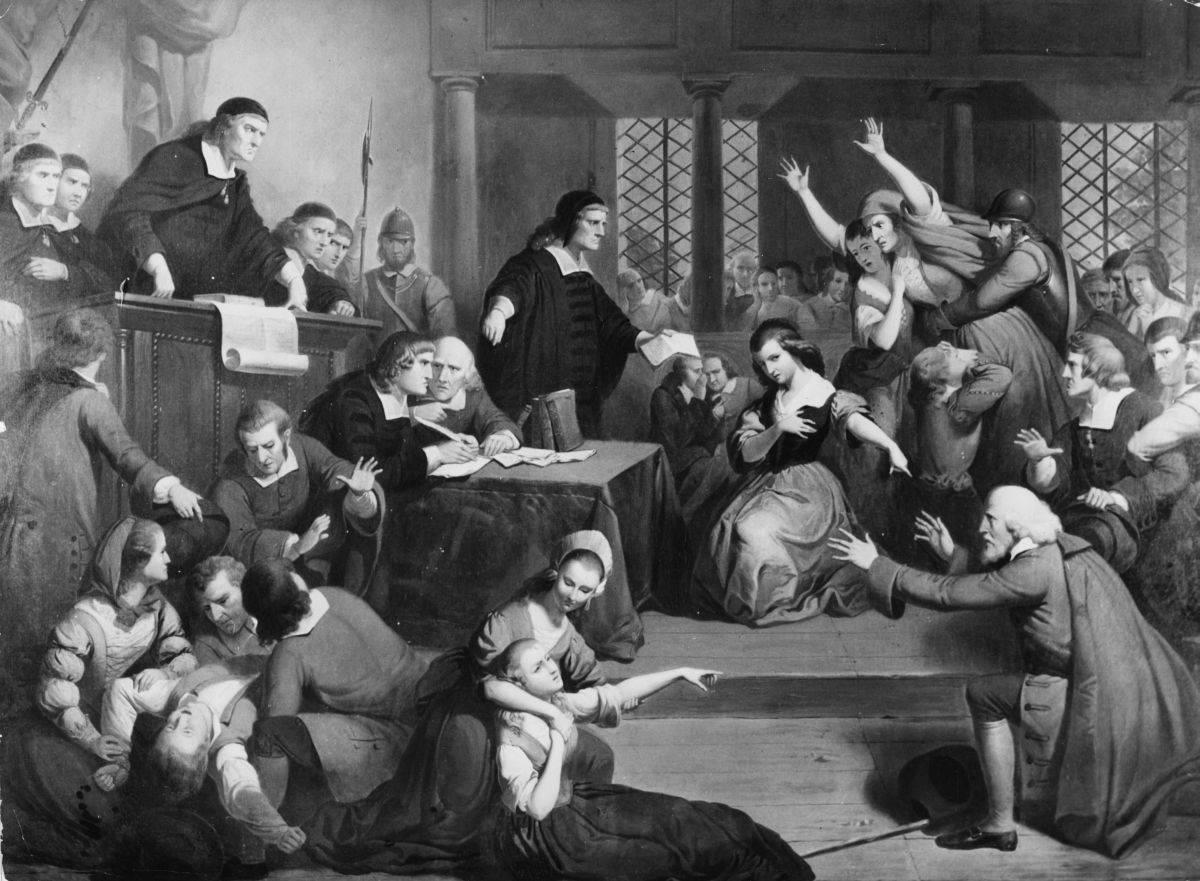
For adults and children alike, non-Sabbath days were long and Sabbath days longer in cold winter, and stifling summer churches. Though Salem Town and Salem Village, with a combined, burgeoning population of nearly 2000 in 1692, were important for commerce (Town) and farming (Village) – Boston had more than triple the number with 7000 inhabitants (by comparison, there were over 100,000 in London across the sea) – there was little time for leisure, though Schiff notes the existence of a fair number of taverns. It was not, in those years, particularly auspicious to be born in Salem. Schiff masterfully wades through the diaries, court transcripts, letters and other extant literature to reveal the backstories of victims, illuminating a confining, superstitious and unforgiving climate in Puritan New England which led to tragedy – not only the deaths of innocents but devastation for those left behind. Lore has it that Hawthorne added the ‘w’ to his name to disassociate from the sins of his forbearer, which included Hathorne’s refusal to give a public apology.Īrmed with this background – augmented by my experience of having a Salem classmate whose mother was Laurie Cabot, still today “The Official Salem Witch” (who was not always useful to the Boston Red Sox who called on her services, still working then to fend off a curse for having traded Babe Ruth to the New York Yankees in the early 20th century) familiarity with the sites around town known for their witchcraft association, including Gallows Hill, believed to be where hangings took place being a member of The Witches as the local high school’s clubs and sports teams were called and the sheer cool factor of trick or treating in Salem during my childhood Halloweens – I thought there was little I could learn in reading Stacy Schiff’s The Witches. His ancestor was John Hathorne (1641-1717), whose punitive interrogation of witchcraft suspects contributed to the death of twenty-four. It was an imagined rectification of Hawthorne’s personal history. His memorable visits inspired Hawthorne to use it as the setting for his 1851 romanticist tale of the same name in which the main characters fall in love – one a descendant of a witchcraft judge and the other a descendant of a witchcraft defendant sentenced to death by the other. This 17th century house on Salem Harbour, owned by the cousin of Nathaniel Hawthorne (1804-1864), was a place of refuge after the death of Hawthorne’s father when he was four years old.



Later in high school, I transitioned to the pinnacle of Salem tourguiding, the House of Seven Gables. Growing up in Salem, Massachusetts, my first job aged 14 (not including a stint as a diminutive paper girl) was to serve as a tour guide at the Witch House, home to Jonathan Corwin, one of the witchcraft judges.

Benjamin Franklin House Director Márcia Balisciano reviews The Witches by Pulitzer Prize-winning author, Stacy Schiff.


 0 kommentar(er)
0 kommentar(er)
